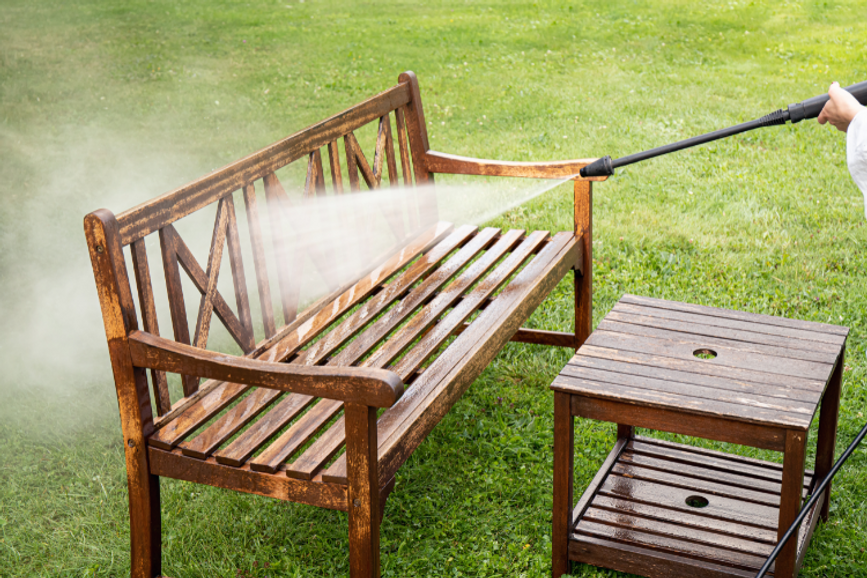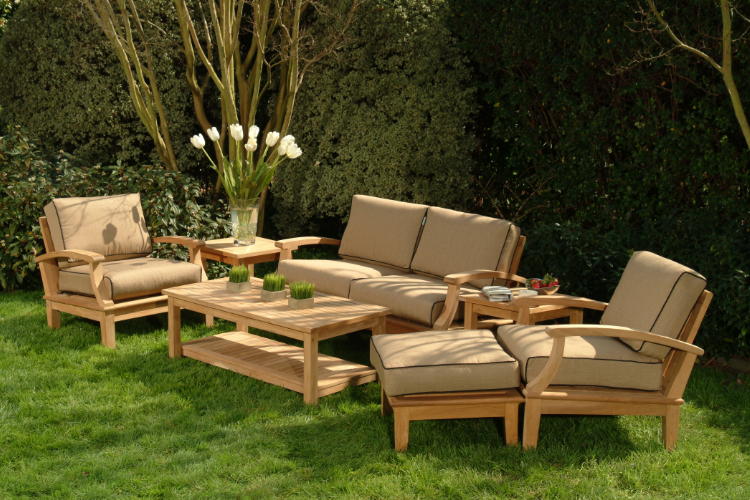
Navigating Coastal Corrosion: Best Practices for Outdoor Furniture Maintenance
Posted by Zing Patio on Sep 2nd 2024
Living near the coast offers breathtaking views and endless outdoor enjoyment, but the salty air and high humidity can pose unique challenges for maintaining outdoor furniture. At Zing Patio, with stores in Naples, Fort Myers, and Sarasota, we understand the demands of Florida's coastal climate.
Here’s your comprehensive guide on how to protect and maintain your outdoor furniture against coastal corrosion, ensuring longevity and beauty.
1. Understanding Coastal Corrosion:
Coastal corrosion occurs when salt from the air and environment settles on surfaces, accelerating the rusting and degradation process, particularly on metal objects.
Outdoor furniture, due to its constant exposure to these elements, is particularly susceptible. Knowing how to combat this can save you significant time and money while keeping your furniture in pristine condition.
2. Selecting the Right Materials:
The first step in protecting your outdoor furniture is choosing materials that are naturally resistant to corrosion and wear.
- Aluminum: Lightweight and naturally rust-resistant, aluminum is an excellent choice for coastal environments. It’s durable and often comes powder-coated for added protection against the elements.
- HDPE Resin: High-density polyethylene (HDPE) resin furniture is impervious to salt and moisture, making it ideal for salty, humid climates. It’s also easy to clean and maintain.
- Teak and Other Hardwoods: Woods like teak are highly resistant to rot and corrosion due to their natural oils. If properly maintained, they can last for decades in harsh environments.
- Synthetic Wicker: Unlike natural wicker, synthetic versions stand up well to moisture and salt, making them suitable for coastal settings.
3. Routine Cleaning:
Regular cleaning is vital to prevent salt and grime build-up that can accelerate corrosion. Rinse your furniture regularly with fresh water to remove salt deposits.
For a deeper clean, use a mild soap and soft brush to scrub surfaces gently. This is particularly important after storms or particularly windy days that can increase salt spray.
4. Protective Treatments:

Apply protective treatments tailored to your furniture’s material:
- Metal Surfaces: Use anti-rust sprays or a coat of car wax to add a protective layer against moisture and salt.
- Wood Surfaces: Seal outdoor wood furniture annually with a waterproof sealer that contains UV protectants to guard against sun and salt damage.
- Fabrics: Treat fabric components with a water-repellent fabric protector to prevent moisture from seeping into cushions, which can lead to mildew and mold.
5. Strategic Placement:
Position your furniture in a way that minimizes exposure to direct sea spray and intense sun. Under a covered patio or awning, furniture can be shielded from the harshest elements.
Consider using outdoor curtains or screens to provide additional protection from salty breezes.
6. Use of Furniture Covers:
When not in use, especially during off-season months, cover your furniture with breathable, water-resistant covers. This not only protects it from the environment but also keeps it clean and ready for use.
7. Regular Inspections:
Inspect your furniture regularly for signs of wear or damage. Catching rust early on metal furniture, for example, can allow for timely interventions like sanding and repainting, which can prevent further deterioration.
8. Storage During Extreme Weather:
If possible, store furniture indoors or in a protected area during extreme weather conditions like hurricanes or winter storms. This can prevent damage from flying debris, heavy rains, and prolonged exposure to adverse conditions.
At Zing Patio, our Naples, Fort Myers, and Sarasota locations offer not only a wide selection of outdoor furniture suitable for coastal climates but also expertise in maintenance and care.
Visit us for more tips and to find the best products to ensure your outdoor furniture withstands the coastal elements beautifully.
 Top Brands, Extensive Selection
Top Brands, Extensive Selection  Guaranteed Lowest Prices
Guaranteed Lowest Prices 
